When it comes to spending less money on a car, some people take the extreme approach and just don’t drive one altogether. Unfortunately, that’s not a practical solution for most. Another approach is to simply spend less on the car you buy, opting either for a high-quality used vehicle that has just come off its lease or a minimalist model that comes with a small price tag and an even smaller back seat. Meanwhile, back in the real world, many who already own cars are looking for ways to reduce the amount of money we spend on things like fuel, repairs, upkeep, or cleaning. Those are the everyday categories where you can really reduce your cash outlay. Here are some of the smartest ways to achieve the goal.
Be Maintenance Wise
There’s no need to over-maintain a vehicle, but make sure to abide by the suggested schedule in the owner’s manual. When you see indicator lights that says to change oil or check brake fluid, attend to them at once. The easiest way is to simply let the owner’s manual be your guide, don’t make unneeded repairs, and consider doing a few simple things yourself. Many people reduce car-related expenditures by changing their own oil, rotating the tires, and regularly replacing air filters.
Find Inexpensive Insurance
It’s always smart to check with your insurance carrier and ask about discounts that you have aged into. It’s standard policy with many insurers to say nothing about such discounts unless customers ask. So, ask. You will likely be surprised to find that you quality for safe-driver, older driver, long-time customer, ex-military, firefighter, or other kinds of insurance discounts. If you’ve gone more than a few years without an accident that was your fault, chances are you can snag at least a small premium reduction right away.
Every year, compare rates and see if it would be wise to change carriers. Don’t fall for those frequent TV pitches. Do the research yourself online by comparing rates for people your age with your driving record. Another insurance-related tactic is to opt for a higher deductible. Even a slight increase in this standard component of every policy can reduce annual or monthly premiums by quite a bit. Don’t go too high on the deductible or you could end up in a financial bind after an accident.
Drive Like a Cost-Conscious Champ
Fast starts, excessive idling, not using cruise control on long trips, stopping abruptly, driving erratically, and other bad habits can cost you. Quick starts and shunning the cruise button waste gasoline. Fast stops and sharp turns are hard on the brakes, tires, and chassis. In the long-run, you’ll end up paying for unwise habits, either through maintenance charges or more frequent fill-ups.
Another cost-cutting strategy is to avoid using the air-conditioner until the heat is too hard to handle. AC units significantly cut into a vehicle’s fuel efficiency, as does fast driving, idling, and taking unnecessary trips. Likewise, keep the tires inflated to their correct pressure levels. Just one out of whack tire can lead to more fuel usage. And from a safety perspective, it’s smart to maintain adequate, even tire pressure. Some drivers keep a diary for one or two months, tracking every trip they take and noting the reason they took it. This is an excellent way to gain insight about how much unnecessary driving you do. Typical wasted miles include driving to the pharmacy, bank, and grocery store in separate trips. Try combining small errands and weekly chores and watch your gasoline expenses dry up.
Refinance Your Auto Loan
Refinancing your auto loan is the single fastest way to spend less money on your car. Not only do you save month after month by having lower payments, but if you work with a competent lender it’s possible to get lower interest rates. Use a simple, online auto refinance calculator to see how much you can save. There are plenty of financing options when you opt for this method. Be sure to check around for lenders who will do your refi, and know exactly how much you’re going to save before inking a deal.
Find Deals on Fuel
Many of the big discount clubs now offer as much as 10 cents per gallon off fuel prices when you use their shopper’s cards. In some cases, there’s an annual membership fee of about $40, but you stand to cut fuel bills by at least 10 times that amount just by using the fuel card regularly. Plus, there’s the added bonus of saving on groceries by belonging to shoppers’ clubs. Even if you don’t wish to join a discount club, try to find nearby gas stations that routinely have the lowest prices and fill up there whenever you have to.
Winterize
If you live where it snows, consider using snow tires for reasons of safety and saving gas. Regular tires get poor traction on ice and snow. They end up spinning much more than necessary and consuming way too much gas. Before the cold weather hits, take your vehicle to a shop or dealership and have it winterized. If it’s still under warranty, there’s a good chance the service will be free or very low cost. Make sure the tech looks at all the fluid levels, rotates the tires, puts snow tires on if necessary, examines the wipers, adds antifreeze, and fills the wiper reservoirs with non-freeze fluid. Don’t forget to remove snow tires after the cold months are over.

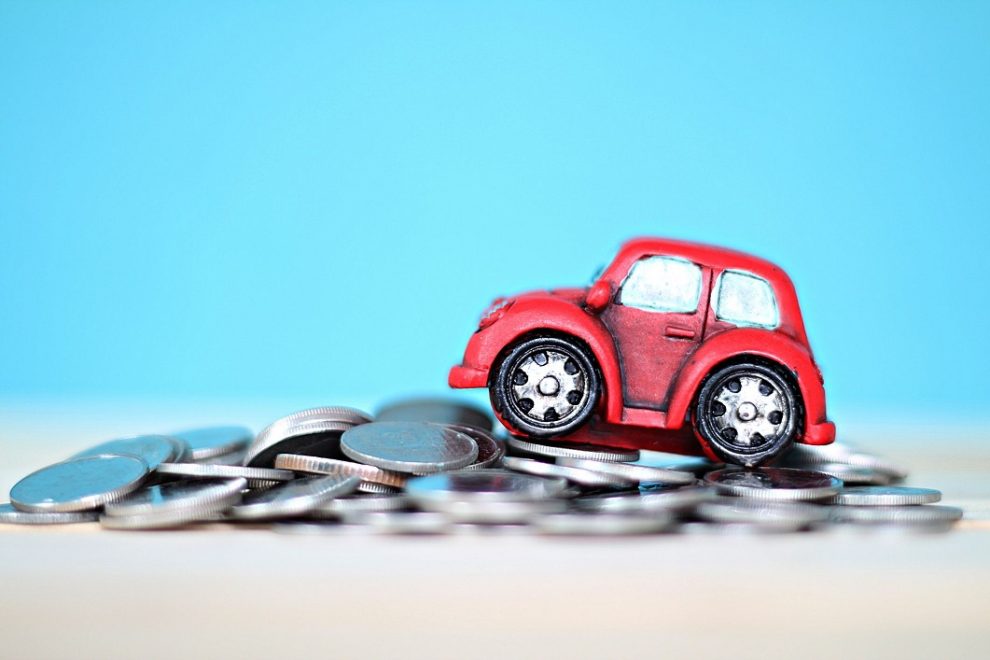


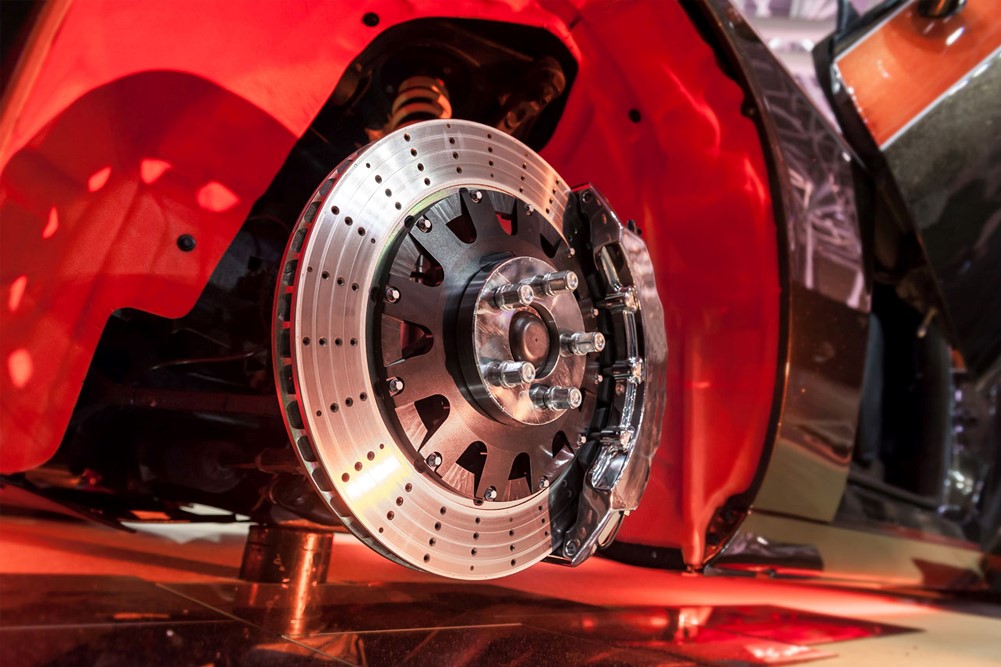
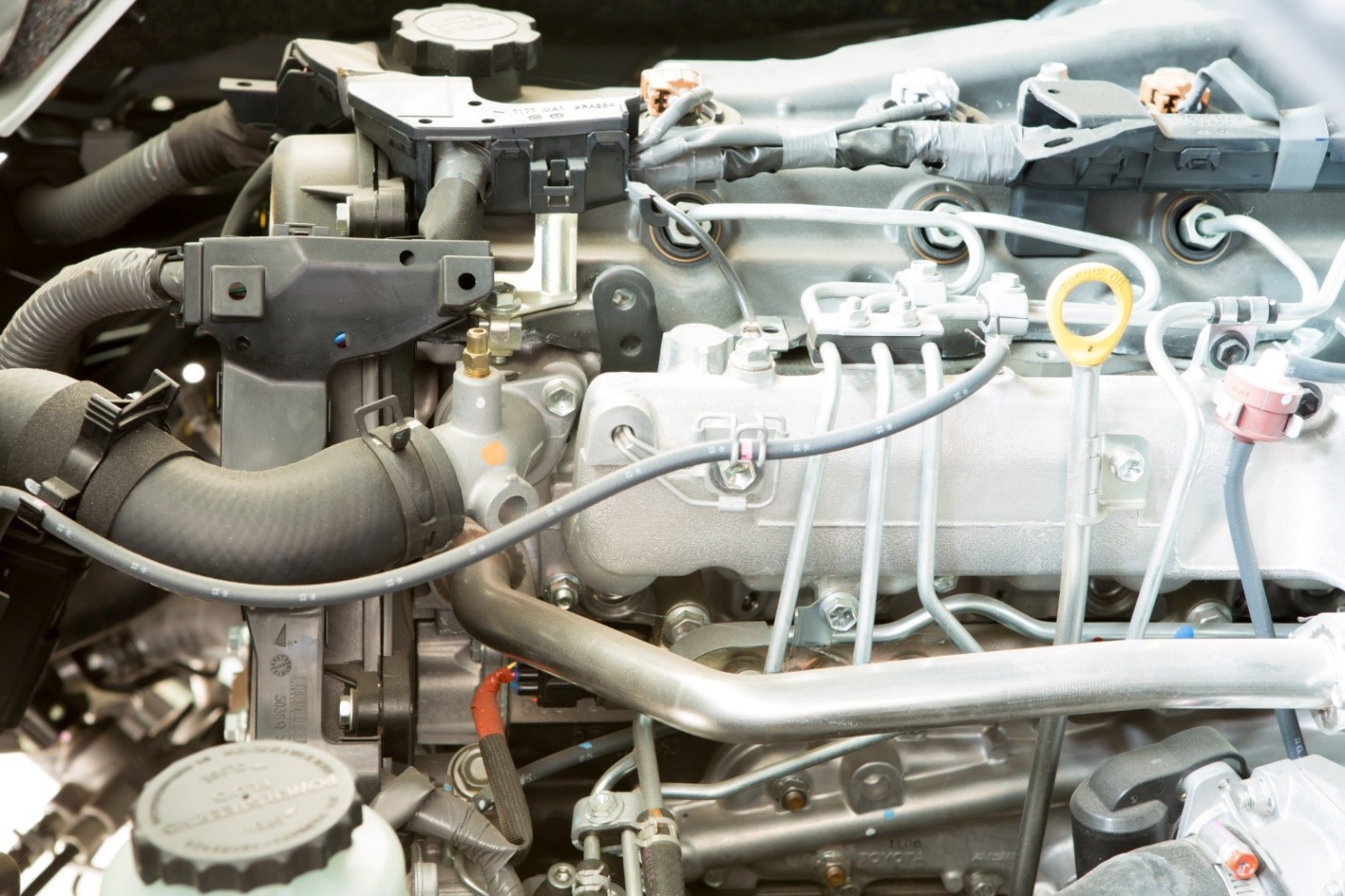
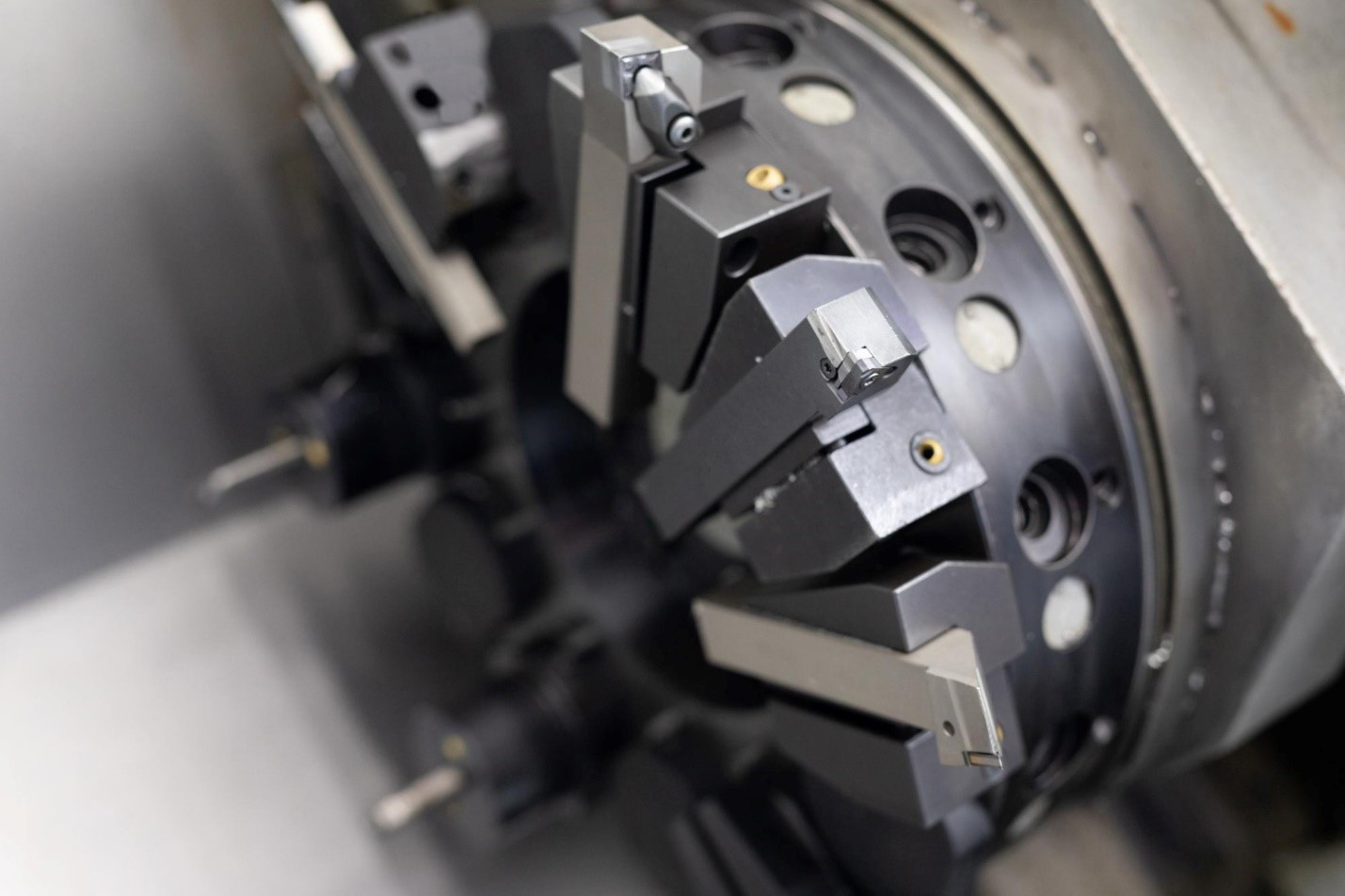
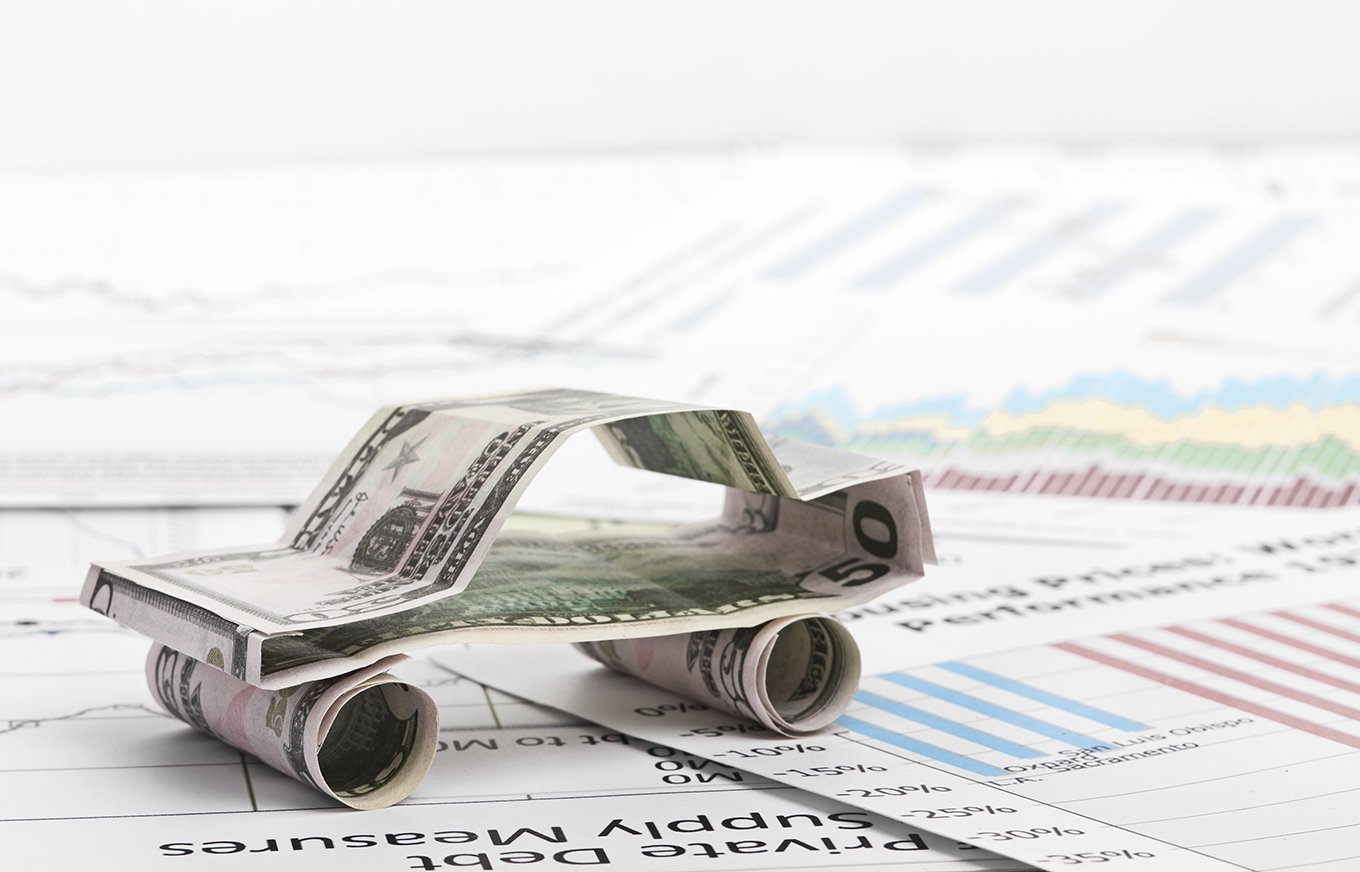
Add Comment